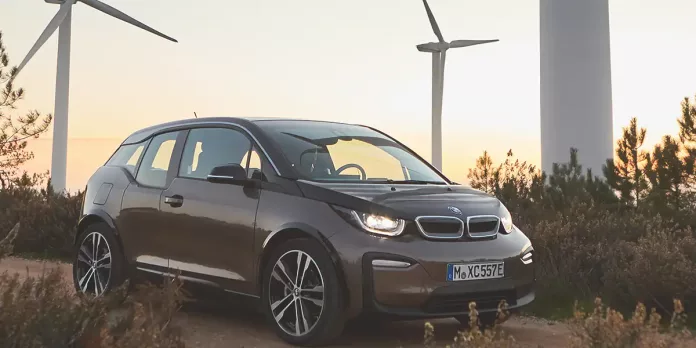The Current Trend of EV Imports
As the European Union (EU) navigates the rising tide of electric vehicles (EVs) made in China, the call for actionable strategies becomes louder. Notably, 19.5% of the electric vehicles sold in Europe during the previous year bore the “Made in China” tag, a figure expected to escalate to 25% by 2024, reports Transport & Environment (T&E). Such statistics emerge amidst the EU’s contemplation of import tariffs to balance the scales against China’s subsidized EV industry.
EU’s Response and Tariffs
T&E advocates that the key for EU car manufacturers to hold their ground against the influx of Chinese vehicles lies in increasing their production of mass-market EVs and pouring investment into the local battery supply chain. Nevertheless, introducing tariffs could serve as a strategic move to bring EV manufacturing closer to home.
Currently, European markets are witnessing a surge of EVs imported from China, often under familiar names like Tesla, Dacia, and BMW, which happen to have manufacturing footholds in China. Projections spell a future where Chinese car brands could command up to 11% of Europe’s EV market by 2024, potentially doubling to 20% by 2027. Such estimates are conservative, considering BYD‘s ambitious goal to clinch 5% of the market by the year 2025.
The Crucial Role of Tariffs and Industry Preparedness
Julia Poliscanova, T&E’s senior director for vehicles and emobility supply chains, underlines the dual nature of tariffs. They are effective at necessitating local production, benefiting job creation and skill development within Europe. However, relying solely on tariffs is a temporary shield. European carmakers need to prepare for inevitable changes, as Chinese companies might open their own factories on European soil.
The Impact of a 25% Tariff
Implementing a 25% EU tariff on vehicle imports from China could potentially escalate the cost of mid-sized sedans and SUVs beyond their European-made counterparts, thus supporting EU manufacturing. On the flip side, despite the hefty tariff, compact SUVs and larger cars from China might retain a cost advantage.
Competition, Regulation, and the EV Market
While safeguarding the interests of European carmakers is crucial, it’s equally important to foster a competitive environment that doesn’t compromise the availability of affordable electric vehicles for European citizens. T&E suggests that higher tariffs should go hand-in-hand with measures spurring EV production, such as electrification targets for company car fleets by 2030, in addition to aiming for 100% clean cars by 2035.
Battery Manufacturing and Tariffs
Moreover, there’s a pressing concern surrounding lithium-ion battery investments. With China offering batteries at prices 20% lower than Europe, and fronting the race in technology and supply chains, Europe risks falling behind. The immense subsidies in the US for battery investments further amplify this risk. To confront these challenges, T&E calls for industrial policies focused on clean and circular manufacturing processes and the establishment of “Made in EU” objectives to encourage local cell production. As a remedial step, considering tariffs for battery cells could be instrumental, especially since the EU currently exhibits the lowest tariffs in that category when compared to the US and China.
Strategic Investments in the European Battery Supply Chain
In a closing argument, Julia Poliscanova compares the battery industry to the solar sector, where China is currently leading convincingly. To secure a diverse and resilient battery supply chain in Europe, she emphasizes the necessity for immediate and substantial investment. “Batteries are the new solar,” she warns, implying that Europe might miss its chance if swift action isn’t taken to bolster its competitiveness in this rapidly evolving market.


























